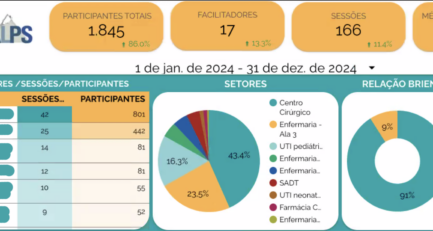Recently, Jenny Rudolph and Dan Raemer from the Center for Medical Simulation were invited to contribute a foreword to the third edition of Crisis Management in Acute Care Settings: Human Factors and Team Psychology in a High-Stakes Environment. This comprehensive text was authored by Michael St. Pierre, Gesine Hofinger, and CMS’ own Robert Simon.
Crisis Management in Acute Care Settings comprehensively addresses how human decision making and human factors can affect patient safety in acute care. The text identifies frequent errors and allows healthcare professionals to improve patient safety and give more effective treatment in emergency situations. Springer calls this book, “The required reference for all who are learning about, teaching, or providing acute and emergency healthcare.” We have excerpted the forward below for your perusal.
Crisis Management in Acute Care Settings is now available from Springer, in print and electronically.
The most significant exclusion from the third edition of Crisis Management in Acute Care Settings is any mention of Murphy’s Law: Anything that can go wrong, will go wrong. Perhaps, Michael St.Pierre, Gesine Hofinger, and Robert Simon were uncomfortable about including a pseudoscientific law of nature that does not really exist? Or were they aware of the controversies surrounding the origin of this eponym? Whatever the case, this new edition of their now classic book does everything possible to explain the drivers of Murphy’s Law in acute care settings.
Well covered is the notion that when people are under stress, time pressure, fatigue, or working within poorly designed structures many things can go wrong. This book discusses how these organizational, psychological, cognitive, social, or environmental systems can unravel. Importantly, the authors also reveal how to pre- vent or interrupt their progression to disaster in clinical practice.
With practical case examples and admirable parsimony, this book covers complex and diverse fields in easy-to-read prose. This book is a one-stop shop for those of us teaching or attempting to practice crisis management in acute care settings.
For those just needing a thumbnail sketch of topics such as cognition or communication under stress, the “in a nutshell” sections provide elegant one-page summaries synthesizing extensive research. The “quick tips” sections show clinicians and educators how to adapt their clinical management and teamwork to best crisis resource management practices. For those running blogs or journal clubs on teamwork or high reliability, each chapter can be read and discussed in depth; for those designing teamwork or CRM experiences, the extensive bibliography of each chapter provides a trove of evidence to explain the rationale behind learning objectives.
It is hard for all of us healthcare educators and quality and safety professionals to accept what Charles Perrow argued in his visionary book Normal Accidents: Living with High-Risk Technologies: that neither constant vigilance nor system design can prevent error and accidents in complex systems. Accidents and errors should not surprise us; rather, they are a normal part of what happens when humans interact with each other in complex technologies and complex organizations. But Crisis Management in Acute Care Settings gives us a fighting chance to reduce error and improve performance even when the odds are against us.
Jenny Rudolph, Harvard Medical School & Center for Medical Simulation, Boston, MA
Daniel B. Raemer, Harvard Medical School & Center for Medical Simulation, Boston, MA


